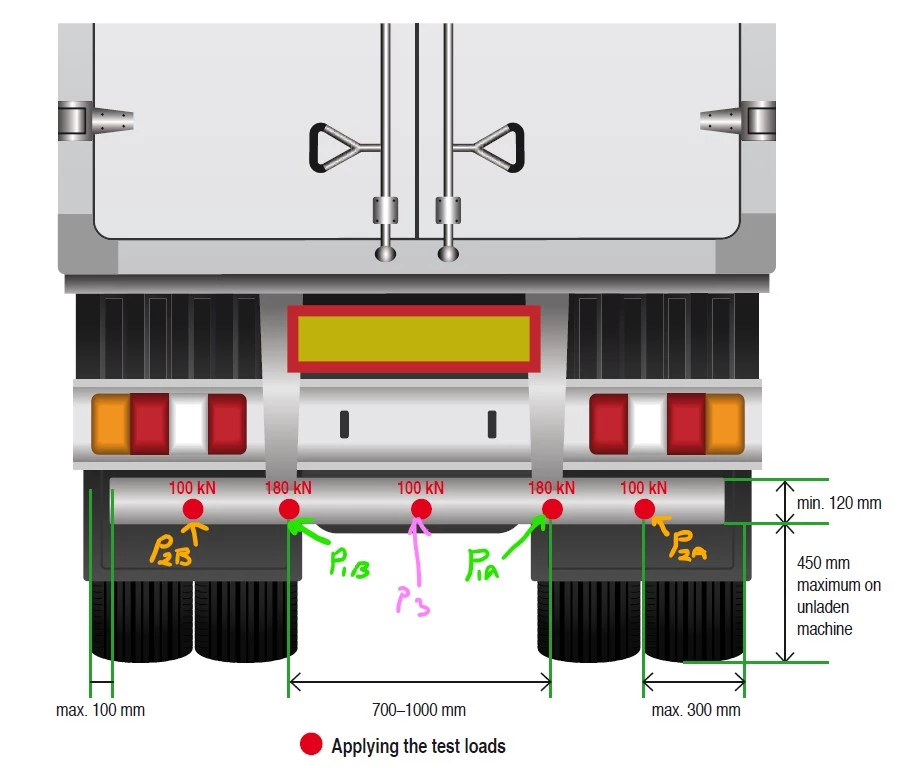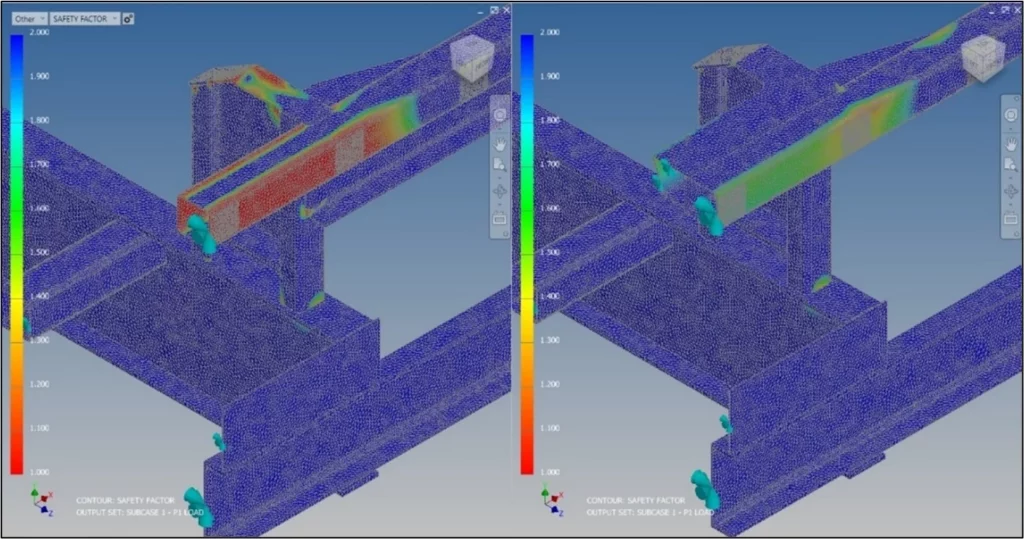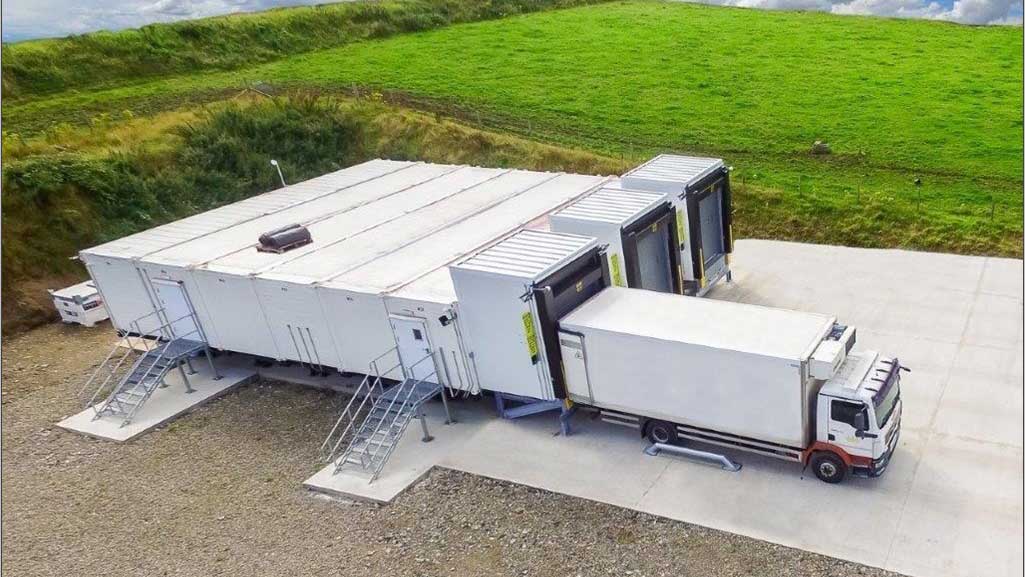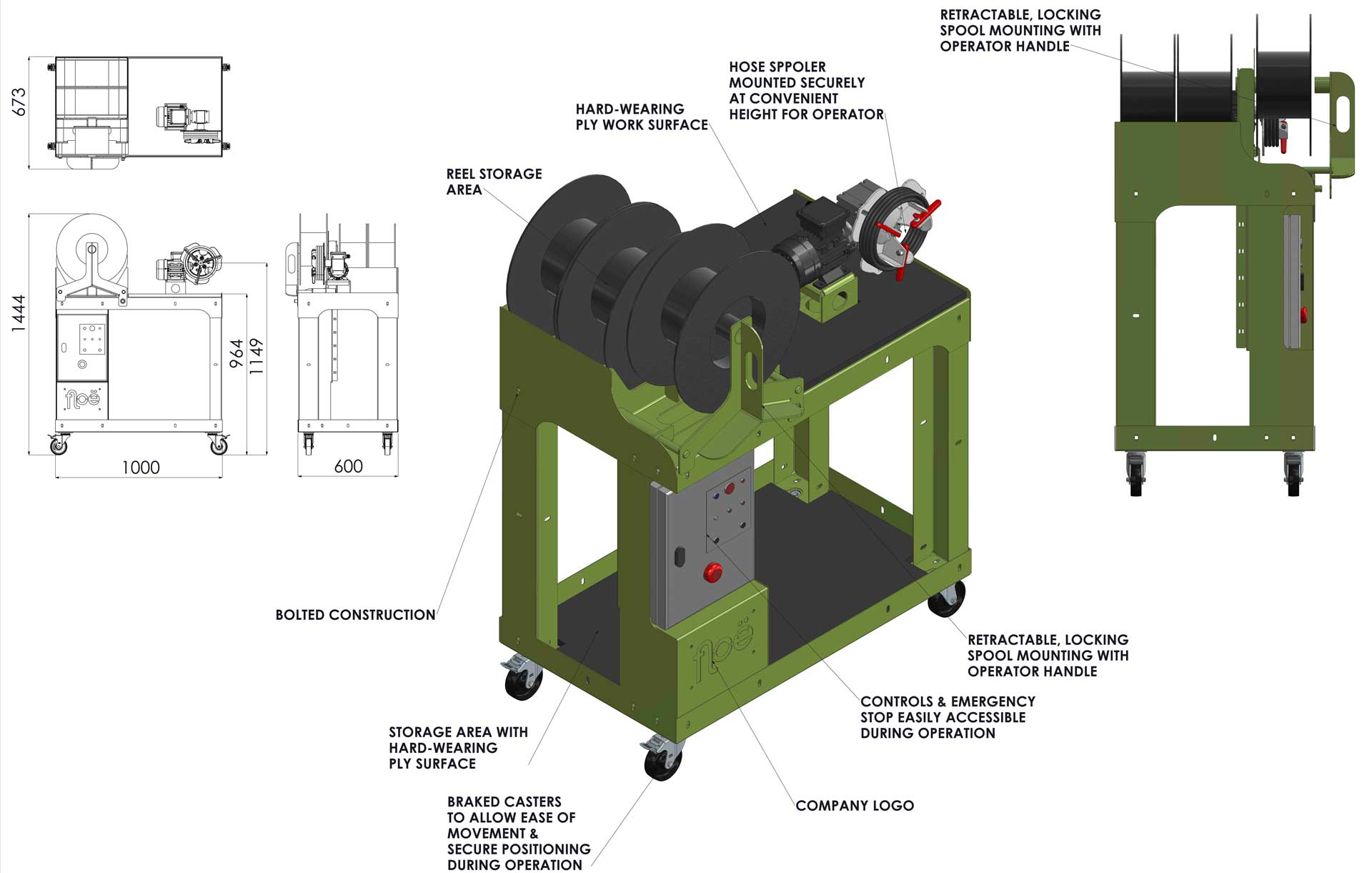McCauley Trailers Ltd. achieves seamless transition to conformity with new EU RUPD regulations.
McCauley Trailers Ltd. existing whole vehicle type approvals transition in order to comply with more stringent European regulations for a critical safety component of every single build; the trailer rear under-run device (RUPD). Connect The Dots Innovation provide engineering services to support McCauley Trailers on this significant project.
Client Background
Based in Northern Ireland, McCauley Trailers is a leading manufacturer of commercial and agricultural trailers. Since being established in 1955, McCauley Trailers has continuously evolved to meet market requirements, whilst remaining fully committed to providing durable, reliable products.
The company’s products and reputation have allowed it to establish an international presence, supplying a diverse customer base in Europe, the Americas & Australia. Continued investment in in-house manufacturing, research, development & design mean that the company continues to position itself at the forefront of the trailer manufacturing industry.
Problem statement – Revisions to UN/ECE Regulation 58
The rear-underrun device (RUPD) fitted to the tail end of trailers is a mandatory safety apparatus. It acts as a crash barrier for smaller vehicles in the event of rear-end collisions. As the name implies, it is designed to prevent smaller vehicles running underneath a truck/trailer in a collision event. The legal requirements for these safety devices are governed by UN/ECE Regulation 58.
The revised requirements laid out in EU Directive UN/ECE R58 (specifically within the 03 series of amendments) came into effect Europe-wide on 1st September 2021. These new obligations impose the need for rear under-run devices (RUPDs) to conform to a more stringent set of guidelines than was previously the case. The practical implications for trailer manufacturers such as McCauley Trailers were significant, most notably in ensuring that all RUPDs are suitably designed to withstand the increased impact loads and reduced ground clearance laid out in UN/ECE R58.03.
Conformity with UN/ECE R58.03 required the revision of McCauley Trailers Category O4 whole-vehicle type approval documentation, in which it had to be demonstrated that full compliance existed for all RUPDs which the company manufactures.

Solution – Connect The Dots Innovation’s Design for Manufacturing (DFM) expertise & Finite Element Analysis knowledge used to support achieving conformity
Having worked with Connect The Dots Innovation a number of times previously, McCauley Trailers engaged us again at the very outset of this project. Connect The Dots Innovation was tasked with evaluating the nine (9) different styles of RUPD manufactured in-house by McCauley Trailers against the requirements of the new regulations.
Finite Element Analysis (FEA) would be used to support this evaluation. Additionally, the project scope required Connect The Dots Innovation to deliver design enhancements to some of the existing RUPDs. This was with the aim of improving ease of manufacture/assembly and reducing associated production costs.
Results – Seamless transition to new RUPD conformity regulations is achieved
After familiarisation with the exact requirements of UN/ECE Regulation 58, a Solidworks model of each RUPD type was analysed methodically. Using Autodesk Nastran FEA software, non-linear static analysis was performed on each RUPD, subjecting each one to the array of test loads stipulated in the regulations. Non-linear analysis was required as each RUPD would be subjected to a sequence of five (5) test loads during physical testing, with final deformation values being recorded after the application of the last of these test loads.
As part of the conformity checks, test RUPD specimens were submitted from McCauley’s production base, for physical testing at the facility of the local approval authority (VCA). Providing physical test results were matched adequately with an accompanying set of predicted simulated results, all RUPDs manufactured by McCauley Trailers were deemed by VCA to conform with the revised requirements of UN/ECE R58.03.
Prior to physical testing, Connect The Dots Innovation delivered a comprehensive technical report which included simulated expected deflection values for each RUPD, when subjected to test loads.
Physical testing showed a high degree of correlation between actual vs simulated results. This allowed McCauley Trailers to proceed with achieving conformity across their entire range of RUPDs and trailer products. The detailed report submitted by Connect The Dots Innovation, which totals almost 100 pages of findings, is now a critical part of the RUPD technical file held in-house by McCauley Trailers.
In addition, a new RUPD design for platform-style trailers was submitted by Connect The Dots Innovation. This new RUPD design allowed McCauley Trailers to achieve improvements on trailer manufacturing times, via speedier weld, paint and assembly processes. FEA was also employed to inform suggested improvements to existing RUPD designs, by removing surplus material and/or components, without compromising on safety.
“By leveraging the engineering expertise of Connect The Dots Innovation, we were able to work together and deliver a successful project outcome, despite the very demanding time schedule. Another benefit of this collaborative approach was that it allowed our own in-house engineering team to concentrate fully on the day-to-day aspects of their department.”
Fionntan O’Neill, McCauley Trailers Engineering Manager




